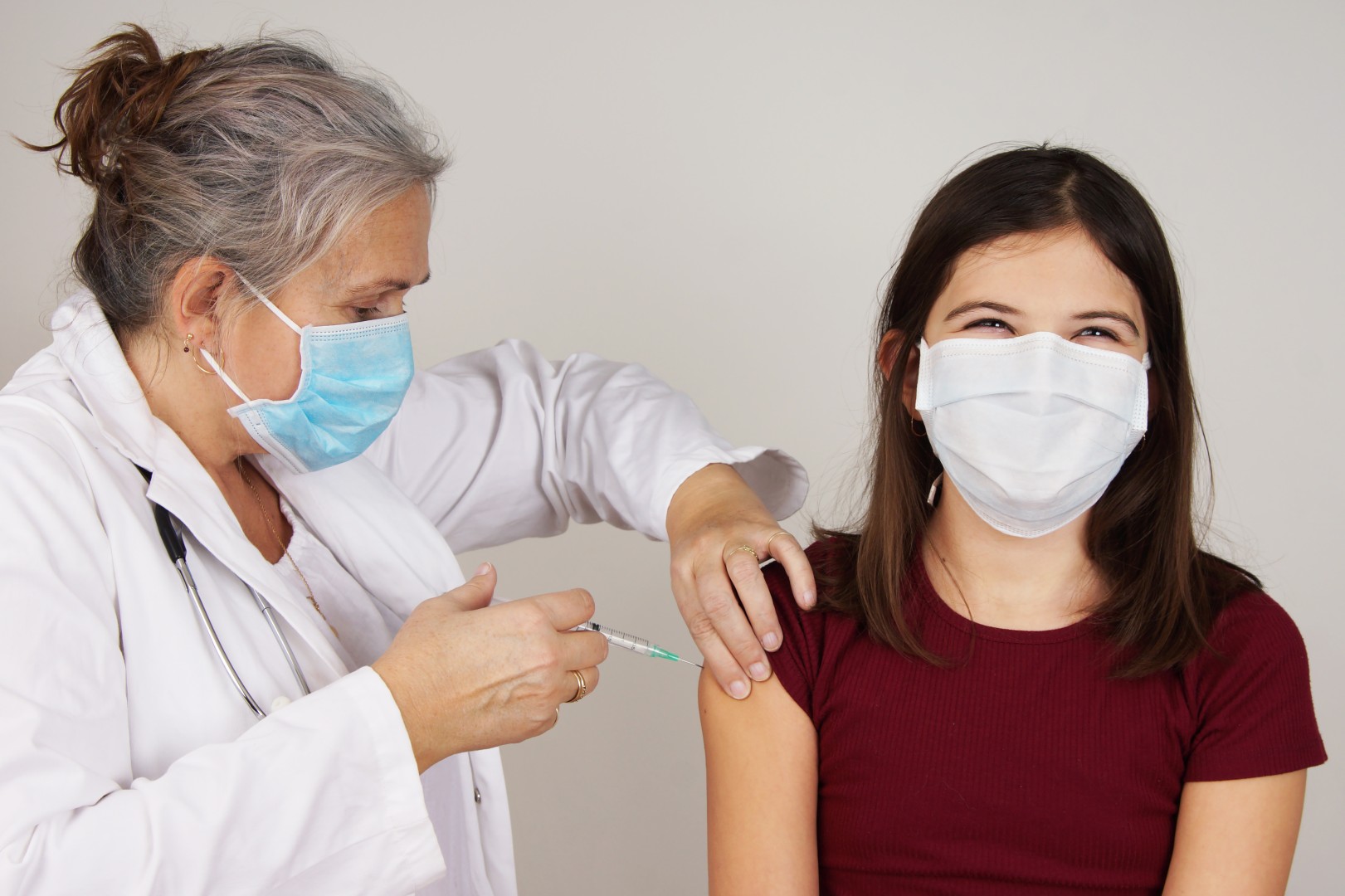FDA Approves Boosters for Ages 12 – 15 and More COVID-19 News

The U.S. Food and Drug Administration (FDA) met on Monday, delivering a number of important updates to the fight against COVID-19. Here is the latest on the ongoing pandemic.
New FDA Decisions Explained
The FDA expanded the use of the emergency use authorization (EUA) of the Pfizer vaccine booster shot to include the 12 – 15 age group. Previously, the booster was only authorized for those 16 and older. The U.S. Centers for Disease Control and Prevention (CDC) will meet on Wednesday to consider the final approval.
Read More »Lastly, the FDA also authorized a third dose of the Pfizer vaccine for immunocompromised children between the ages of 5 and 11. This includes children who have received an organ transplant.
FDA Acting Commissioner Dr. Janet Woodcock said that the current wave of the pandemic and the ultra contagious Omicron variant prompted the changes to the protocols involving preventative measures including vaccination and boosters. Woodcock said that the agency’s review of real-world data out of Israel demonstrated no safety issues with allowing adolescents to receive the booster. The data also did not indicate any concerns with shortening the time period between the initial shot and the booster.
The FDA committee was particularly encouraged that no data correlated an uptick in myocarditis or pericarditis cases among adolescents who received the booster.
About the Adolescent Pfizer Vaccine
Children between the ages of 12 and 15 became eligible to begin the two-dose Pfizer vaccine series in the middle of May. This gave about 17 million adolescent Americans the chance to become vaccinated. As of early January, approximately half of this population is fully vaccinated. Of this number, about 5 million are past the five-month mark, making them eligible for the booster shot.
This age group represents about 5% of the total population in the U.S. According to the CDC, these adolescents account for approximately 4% of fully vaccinated Americans.
The CDC did not consider expanding booster eligibility beyond this age group because it has only been since early November that the 5 – 11 population has been eligible to begin their vaccination series. This means that they would not yet be eligible for a booster based on the five-month time frame recommendation.
LAUSD Requiring Negative Test to Return to School
On Monday, the Los Angeles Unified School District (LAUSD) announced that students will need to show proof of a negative COVID-19 test before returning to school after winter break. Students were originally slated to return to school on January 10. However, the district has now designated this day as a non-school day, allowing students the opportunity to test before entering the classroom on January 11.
As a result of the mandated testing, LAUSD becomes the biggest district in the country to enforce this requirement. Students will be able to pick up their tests at different locations on Friday and Saturday.
The district will continue to implement weekly testing at school while requiring masks indoors and outside. Students will not be required to be vaccinated until the fall of 2022.
Other School Districts Take Action
In other areas of the country, school districts are delaying the return to school or also mandating testing to return to the classroom. Like Los Angeles, students in Chicago, Washington, D.C., and Seattle are being asked to test prior to coming back to school.
Meanwhile, Detroit public schools closed Monday through Wednesday as the city deals with record levels of infection. There will be no virtual class option offered to students at this time. While students are not mandated to test to return back on Thursday, they are highly encouraged to do so with free testing provided at 10 locations throughout the city. According to superintendent Nikolai Vitti, almost 20% of all school employees who participated in the district’s voluntary testing program tested positive.
Some school districts have already made the decision to move to an online model temporarily in response to the rapid surge. Districts in Atlanta, Cleveland, Milwaukee, Newark, and Maryland’s Prince George’s County have all decided to teach remotely on a temporary basis.
Hospitalization Rates Rise
While experts are encouraged that the rate of hospitalization with the Omicron variant does not appear to be as severe as previous waves, these hospitalizations are still on the uptick throughout the U.S. According to the latest data from the U.S. Department of Health and Human Services (HHS), there are over 100,000 Americans now hospitalized with the virus. This marks the first time in four months that hospitals have seen these types of numbers.
The record high for hospitalizations over the course of the pandemic was 142,000 set on January 14, 2021. Despite the many surges over the last 22 months, there have only been 67 days in which the nation saw over 100,000 hospitalizations.
Of this figure, over 18,500 people are in the ICU with COVID-19. According to the CDC, pediatric hospitalizations are at the highest that they have been measured during the pandemic. Over 500 children were hospitalized each day of the week ending on December 31.
The states dealing with the highest hospitalization rates are Ohio, Delaware, and New Jersey. The lowest rates are in Alaska and Wyoming.
As has been the case since the mass vaccinations were rolled out, the unvaccinated continue to see much higher rates of hospitalization. The CDC said that the cumulative hospitalization rates through November are roughly eight times higher in unvaccinated adults and approximately 10 times higher for unvaccinated adolescents between the ages of 12 and 17.





